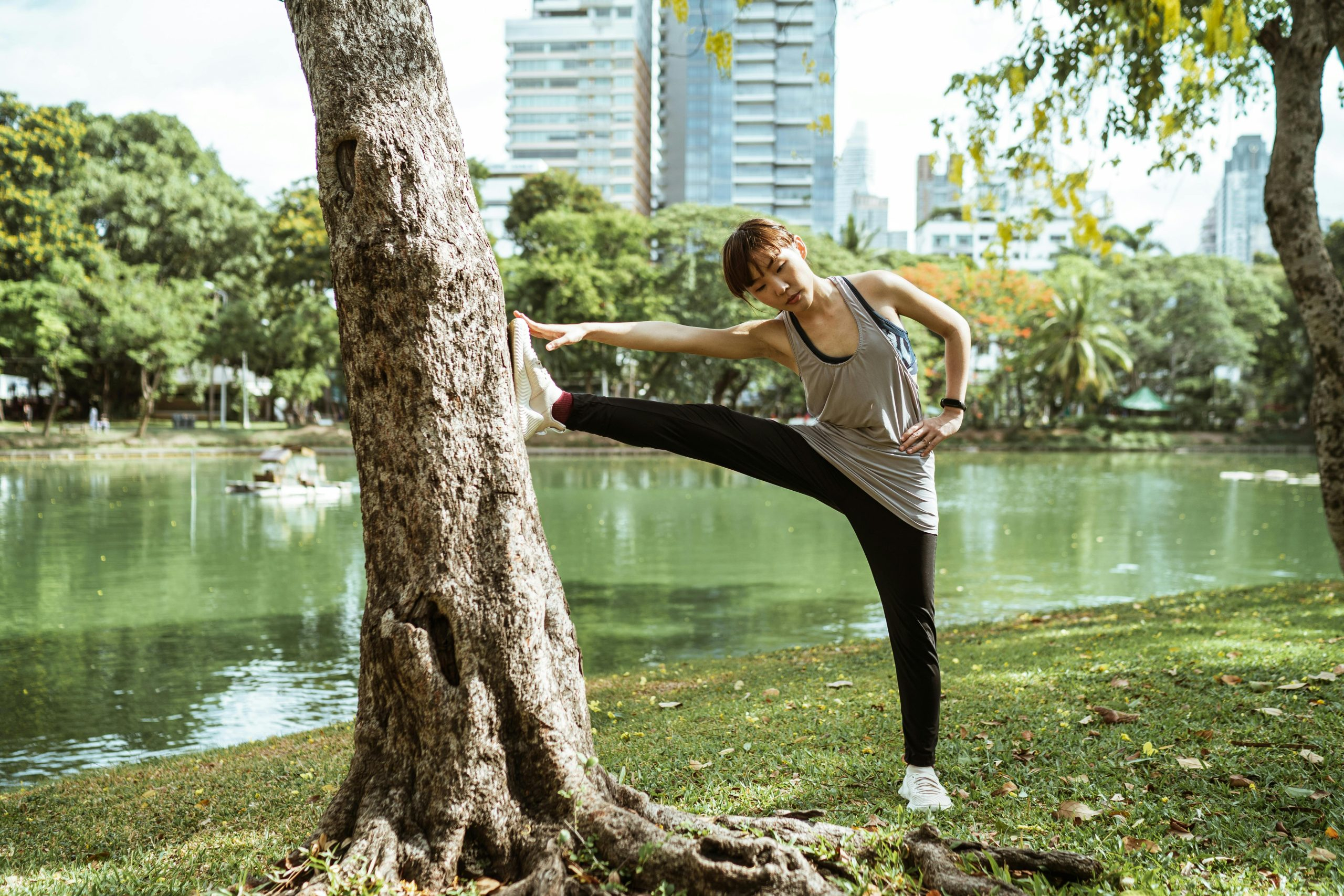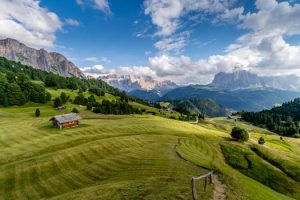Urban parks designed for outdoor yoga
Urban parks have always been a crucial component of a city’s landscape, providing much-needed green spaces for residents to relax and connect with nature. However, these parks are no longer just meant for leisurely strolls or picnics. With the rising popularity of yoga, many urban parks are now being designed to also serve as outdoor yoga spaces. Combining the tranquility of nature with the physical and mental benefits of yoga, these parks provide a unique and refreshing experience for yoga enthusiasts. Let’s delve deeper into the concept of urban parks designed for outdoor yoga and explore how they are transforming the way we practice this ancient discipline.
The Rise of Outdoor Yoga
Yoga has been gaining immense popularity in recent years, with people from all walks of life incorporating it into their daily routine. However, traditional indoor yoga classes can sometimes feel monotonous and limit the practitioner’s connection with the outside world. This has led to the rise of outdoor yoga, which offers a more dynamic and holistic experience for participants. The serene and natural surroundings of an urban park provide the perfect setting for this form of yoga, making it an ideal choice for those seeking a more immersive practice.
The Benefits of Practicing Yoga in Urban Parks
Physical Benefits
Yoga is known for its physical benefits, such as improved flexibility, strength, and balance. Practicing it in an urban park amplifies these benefits, as the uneven terrain and natural elements challenge the body in new ways. For example, practicing on grass or sand can help strengthen the muscles in the feet and ankles. Additionally, sunlight provides a natural source of vitamin D, which is essential for maintaining strong bones and muscles.
Mental Benefits
The peaceful and tranquil atmosphere of an urban park helps to cultivate a deeper sense of calm and focus during yoga practice. Being surrounded by greenery and fresh air can also help to reduce stress and anxiety, promoting a sense of well-being. Furthermore, connecting with nature while performing yoga can have a grounding and meditative effect, allowing practitioners to feel more connected to their surroundings and themselves.
The Importance of Designing Urban Parks for Outdoor Yoga
The design of an urban park plays a crucial role in creating a conducive environment for outdoor yoga. Some key elements that should be considered when designing these spaces include:
Space and Layout
The optimal space and layout for outdoor yoga can vary depending on the type of yoga being practiced. For example, a flat and open area may be ideal for traditional Hatha yoga, while a space with varying elevations and natural obstacles may be more suitable for a dynamic practice like Vinyasa. Placing designated mats or markers can also help to define the practice area and provide guidance for participants.
Natural Features
Integrating natural features into the park design can enhance the overall yoga experience. For instance, large rocks can serve as props for balancing poses, while the shade from trees can provide a cool and comfortable spot for restorative yoga. Water elements like fountains or ponds can also add a soothing and therapeutic element to the practice.
Sustainability
Urban parks should be designed with sustainability in mind, using eco-friendly materials and practices to minimize the environmental impact. This not only benefits the planet but also creates a more natural and harmonious setting for outdoor yoga.
Examples of Urban Parks Designed for Outdoor Yoga
Public parks in major cities like New York, London, and Los Angeles have already embraced the trend of outdoor yoga and have designed designated spaces for it. Examples include the Bryant Park Yoga program in New York, which offers free outdoor yoga classes in the summer, and the Rooftop Yoga at Coq d’Argent in London, which combines yoga with stunning city views. Many other urban parks around the world are following suit, encouraging people to connect with themselves and nature through yoga.
Conclusion
Incorporating outdoor yoga into urban park designs is a win-win situation for both city planners and yoga enthusiasts. It not only adds value to the park by attracting more people to use the space but also promotes a healthier and more sustainable lifestyle for the community. The benefits of practicing yoga in nature are undeniable, and with more urban parks being designed with this in mind, it’s safe to say that the trend of outdoor yoga is here to stay.











